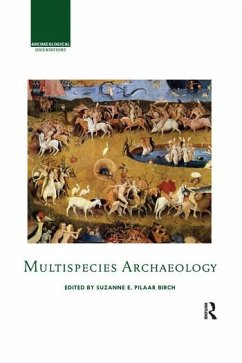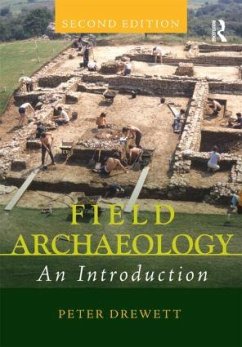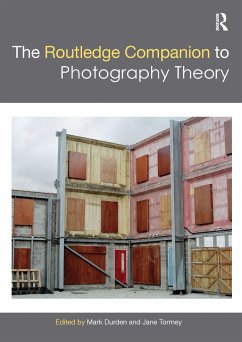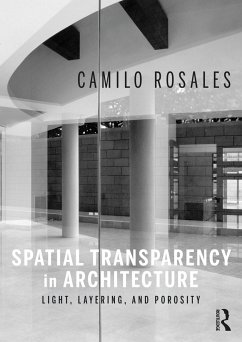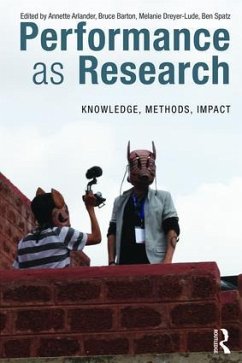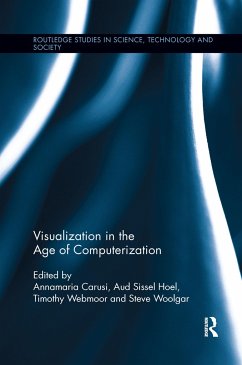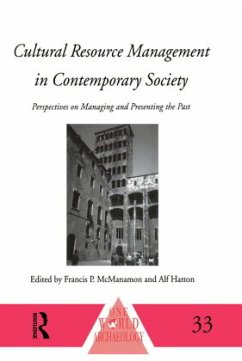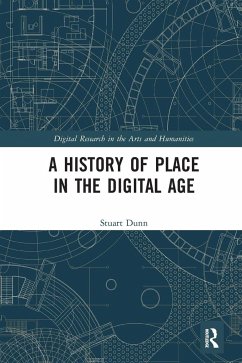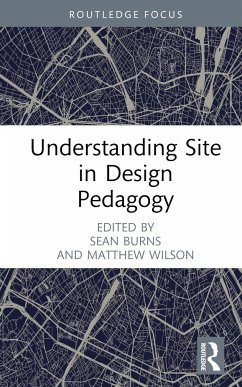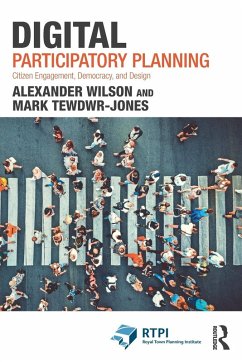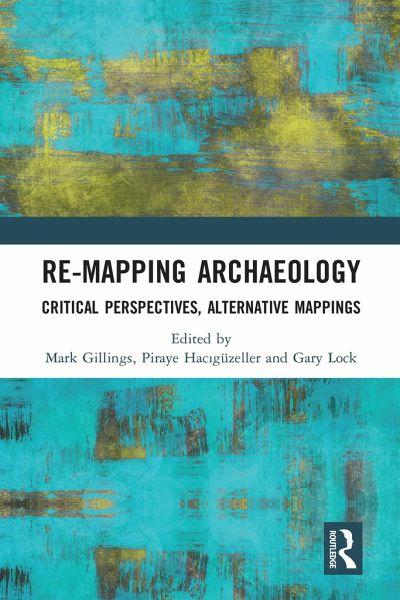
Re-Mapping Archaeology
Critical Perspectives, Alternative Mappings
Herausgegeben: Gillings, Mark; Hacigüzeller, Piraye; Lock, Gary
Versandkostenfrei!
Versandfertig in 6-10 Tagen
46,99 €
inkl. MwSt.
Weitere Ausgaben:

PAYBACK Punkte
23 °P sammeln!
Maps have always been a fundamental tool in archaeological practice, and their prominence and variety have increased along with a growing range of digital technologies used to collect, visualise, query and analyse spatial data. However, unlike in other disciplines, the development of archaeological cartographical critique has been surprisingly slow; a missed opportunity given that archaeology, with its vast and multifaceted experience with space and maps, can significantly contribute to the field of critical mapping.Re-mapping Archaeology thinks through cartographic challenges in archaeology a...
Maps have always been a fundamental tool in archaeological practice, and their prominence and variety have increased along with a growing range of digital technologies used to collect, visualise, query and analyse spatial data. However, unlike in other disciplines, the development of archaeological cartographical critique has been surprisingly slow; a missed opportunity given that archaeology, with its vast and multifaceted experience with space and maps, can significantly contribute to the field of critical mapping.
Re-mapping Archaeology thinks through cartographic challenges in archaeology and critiques the existing mapping traditions used in the social sciences and humanities, especially since the 1990s. It provides a unique archaeological perspective on cartographic theory and innovatively pulls together a wide range of mapping practices applicable to archaeology and other disciplines.
This volume will be suitable for undergraduate and postgraduate students, as well as for established researchers in archaeology, geography, anthropology, history, landscape studies, ethnology and sociology.
Re-mapping Archaeology thinks through cartographic challenges in archaeology and critiques the existing mapping traditions used in the social sciences and humanities, especially since the 1990s. It provides a unique archaeological perspective on cartographic theory and innovatively pulls together a wide range of mapping practices applicable to archaeology and other disciplines.
This volume will be suitable for undergraduate and postgraduate students, as well as for established researchers in archaeology, geography, anthropology, history, landscape studies, ethnology and sociology.





